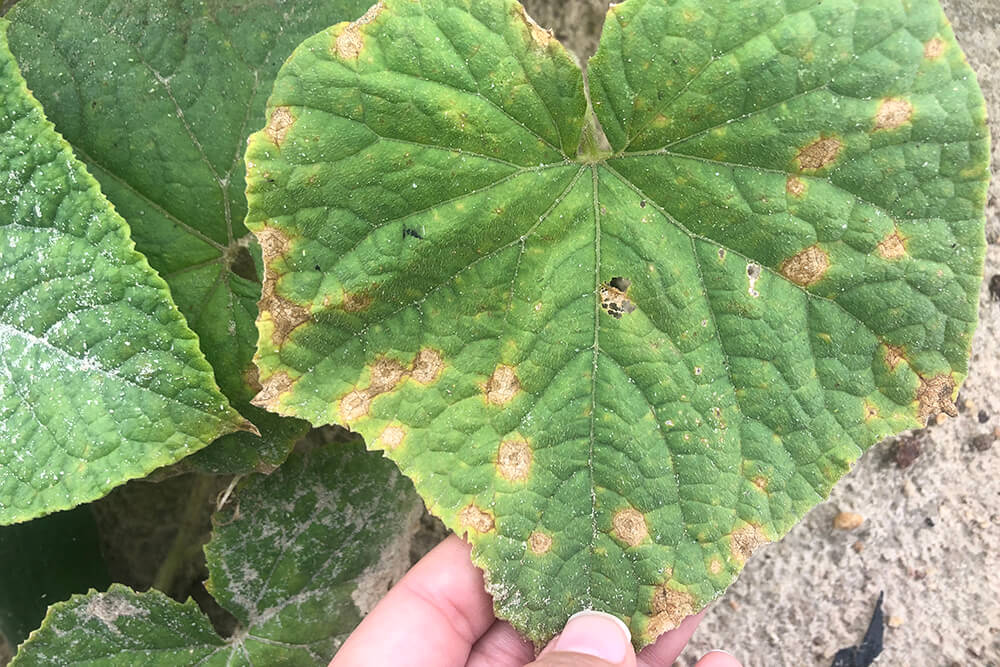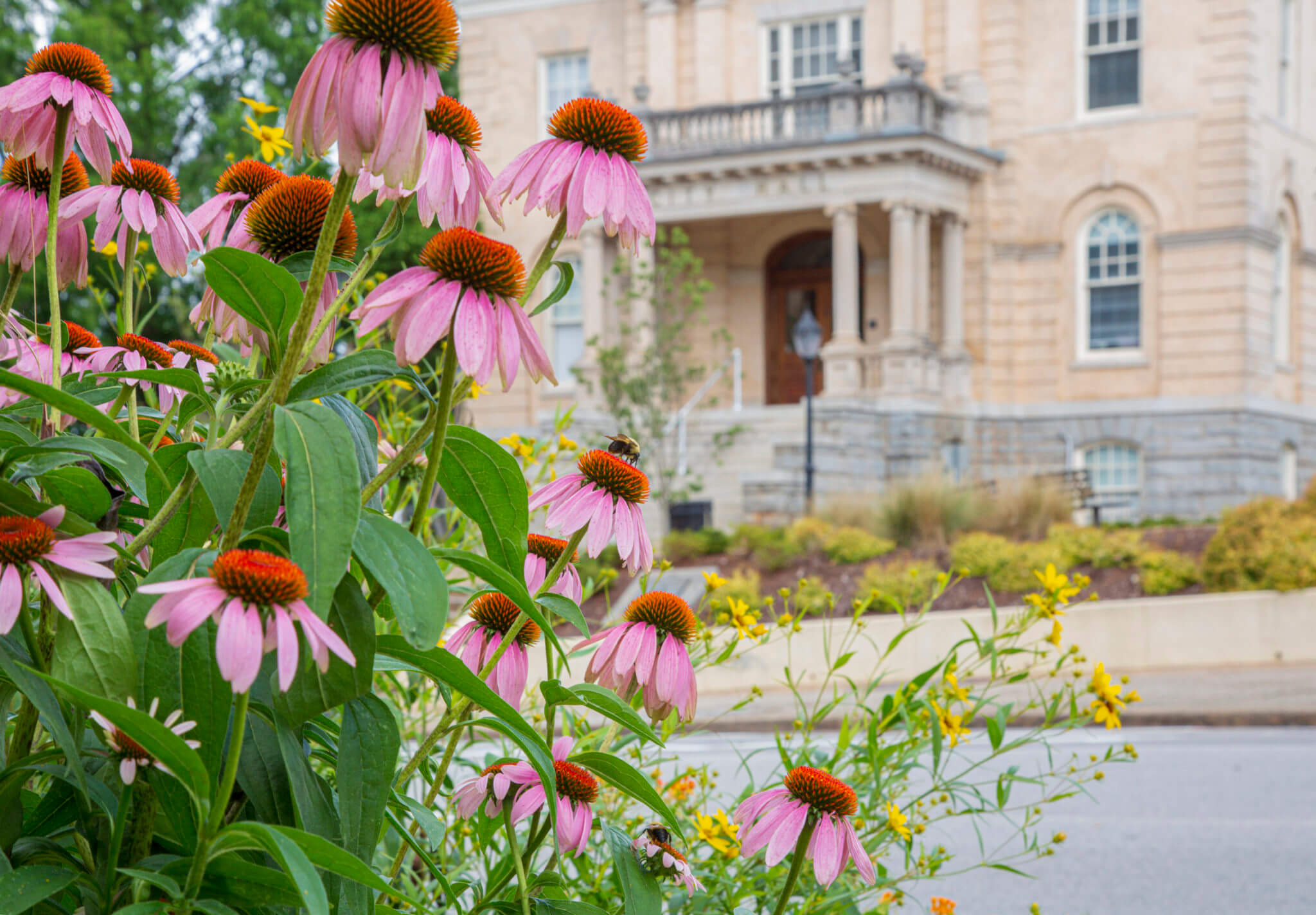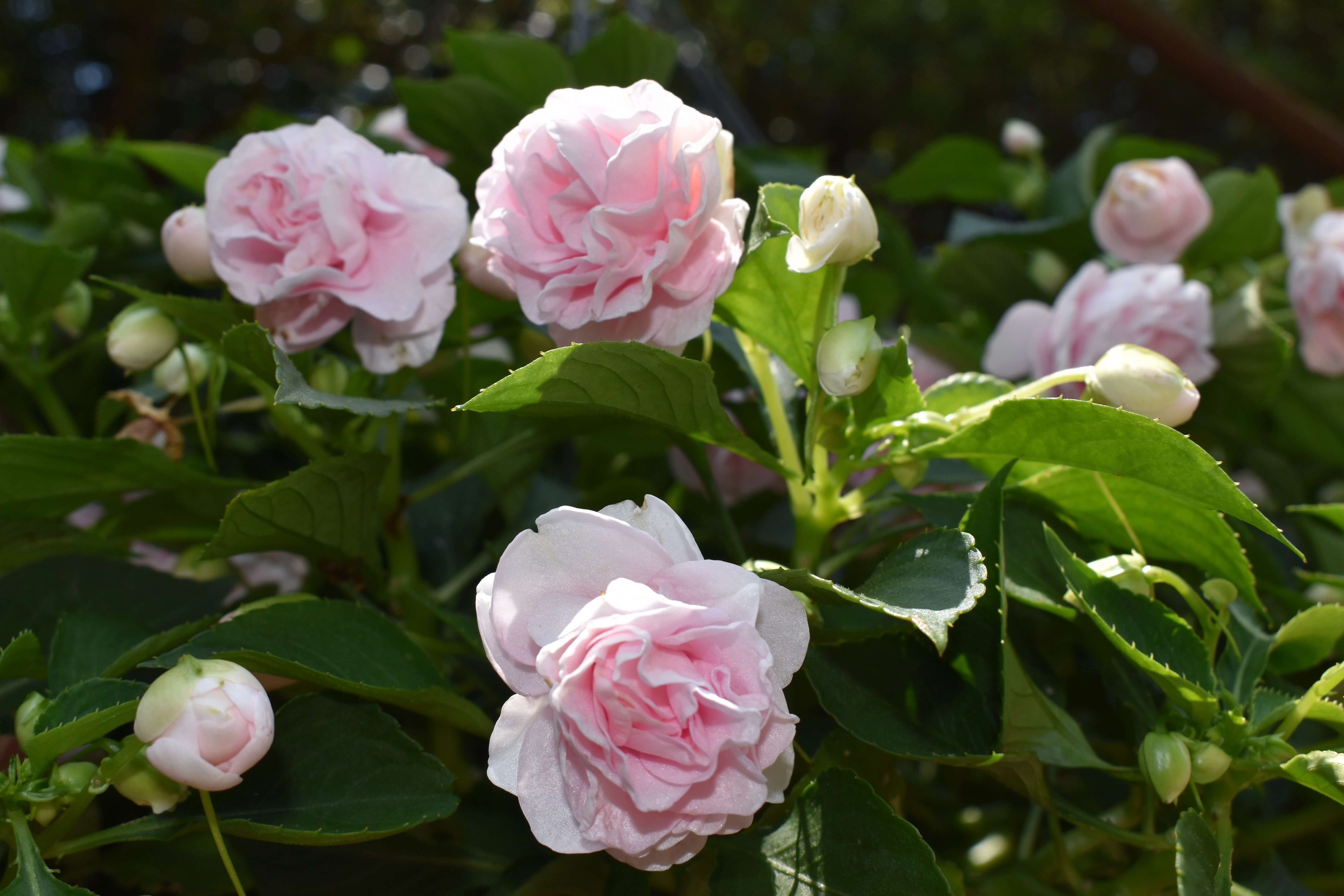By Terry Kelley
University of Georgia
With a variety of shapes and names like dipper, snake, apple, bottle and warted, gourds can add a fascinating aspect to a garden.
Gourds were one of the first plants domesticated by man and were used as utensils as early as 2,400 B.C. Now they’re typically dried, eaten or used as decoration.
More people are familiar with the white flowers and dried hollow gourds of the Lagenaria siceraria species. The mature fruit are not generally hurt by light frost or cold and are thin-shelled. They can be dried to an almost empty shell.
The vegetable sponge gourd is quite popular as well. There are two species of Luffa gourds. The ridged luffa is a long, club-shaped sponge that is quite fibrous and less appealing. The smooth luffa is also called a rag gourd or dishcloth gourd. Both of these can be eaten as immature fruit.
Gourds of the Cucurbita species all have yellow flowers, and most are inedible. They are easily damaged by frost, have a thick shell and are difficult to cure. The three species of these gourds include varieties such as the egg, apple and bicolor pear gourds, the Turk’s Turban and the Malabar melon.
Most gourd names describe the general shape or appearance of its fruit. However, seeds from the same fruit may produce many different types of gourds. Because of this, gourds are often sold as packages of mixed shapes.
Gourds are tender annuals and easily damaged by frost. Do not plant seed until the soil temperature reaches at least 70 F. Planting dates range from mid-March through July, with earlier planting in south Georgia. Late May to early June is an optimum time to plant in the northern part of the state where the growing season is the shortest.
Most gourds require a growing season of 80 to 130 days depending on the variety. Trellising works well with gourds to keep fruit cleaner and vines healthier.
Cucurbita gourds have vines that reach 12-15 feet while Lagenaria vines may be 20-30 feet long. Gourd seeds should be planted about an inch deep. Plant Cucurbita types about 2-4 feet apart in rows 6-8 feet apart. Plant Luffa types in similar rows but with only 12-18 inches between plants. Plant Lageneria gourds in rows 10-15 feet apart with plants 6-8 feet apart in the row.
Gourds need full sunlight and a well-drained soil. They are not drought tolerant and require over an inch of moisture per week during peak development.
Harvest Cucurbita gourds at full maturity but before frost. Lagenaria and Luffa gourds can be harvested after frost and preferably after the vines have died down. They will turn from a green to brown color as they dry. Luffa gourds should be left on the vine until they turn brown.
Gourds should be mature and free from injury and decay when placed in storage. They must be kept dry. Storage areas should have good air circulation. Curing at 80 F to 85 F and 80 percent to 85 percent relative humidity for seven to 10 days for thin-shelled gourds and two to three weeks for fleshy gourds is recommended. Large bottle gourds can take up to six months to cure.
Thin-shelled gourds are fully cured when the seeds rattle inside. Decorative gourds also can use a protective coating of paste wax and a soft buffing. This can increase their shelf life by four to six months.



.png)


.jpg)